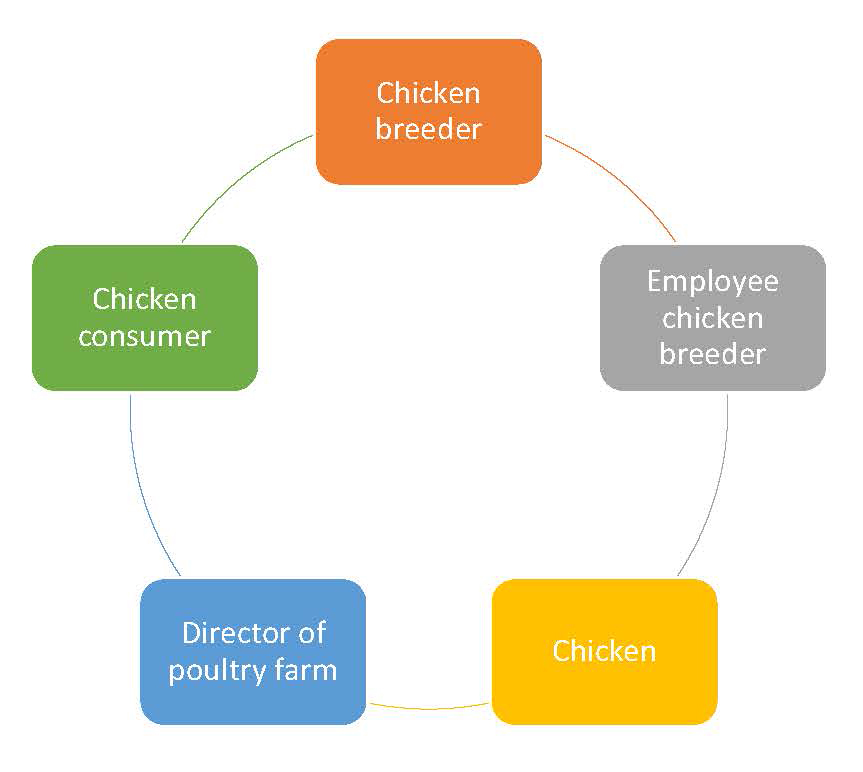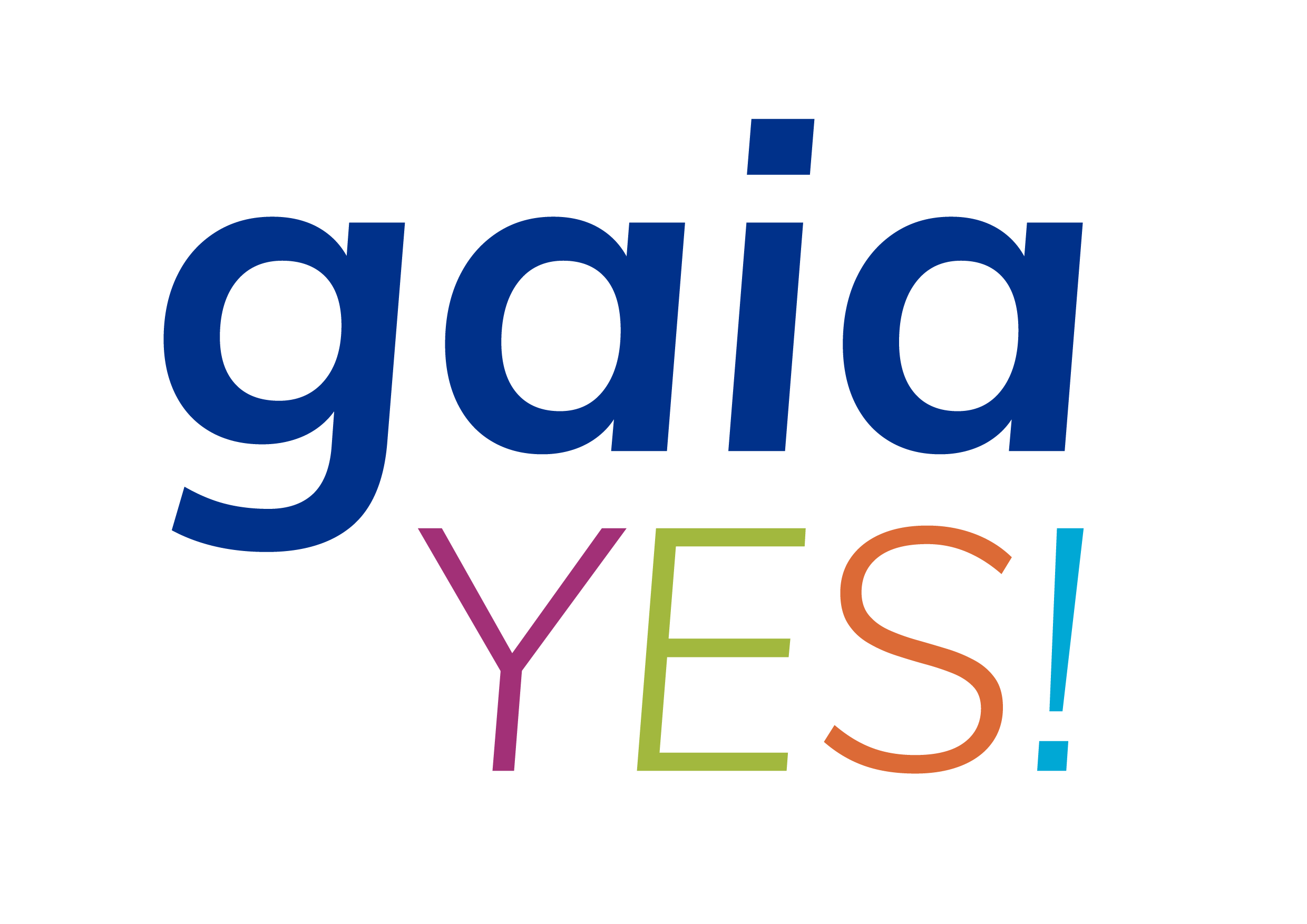RESPONSIBLE (FOR) LIVING

Introduction:
Confusing money with value produces an economic model that potentially destroys true wealth, such as fulfillment and well-being.
The desire for less regulation, privatization, and less government control is paralleled in the world by the realization that wealth can also be found in community, in equality and civility rather than in growing consumption. Social responsibility is partly a conscious value that can shape our actions as consumers and producers in the economic system.

Roadmap:
Discuss the following statement with the whole group: “Consumers desiring faster and cheaper food have changed the way chickens are raised.”
- Can you think of similar situations where consumers wanted certain products or experiences, to which the industry responded to meet the demand?” Examples: We want cheap clothes, so companies have them produced in low-wage countries. As people became increasingly concerned about air pollution from vehicles, companies created hybrid cars.
- If animals were to have certain rights, do you think those rights would also apply to animals we raise for food, such as chickens or pigs? Are there rights that these farm animals should have? If so, what are they? Are there rights that all animals should have?
- Below you can see some of the different people involved in raising chickens for food. Draw lines between individuals who are directly connected.
- Put an A next to the individual who is most valued in our society and an E next to the one who is least valued. Which individual do you think has the most rights? (Place a 1 next to that individual.) Which one is the least? (Put a 5 next to that individual.) How would you rank the other individuals?
- Take a sheet of A3 paper and on it, in a beautiful artistic sketch, show the habitat and the rights that the chicken deserves in your eyes.
Understand what is meant by social responsibility within our lifestyle and work environment.
Learning outcomes:
Being able to recognize responsible consumption and work ethic.
Necessities:
Flipchart, A3 Paper, pencils, markers, chalk
Evaluation:
Ask each student to further explain his/her drawing. Have them name the parts of the habitat and the rights they showed in their drawing. Collect on the flip chart all these amenities for a fine chicken life.


0 comments
Leave a comment
Please log in or register to post a comment